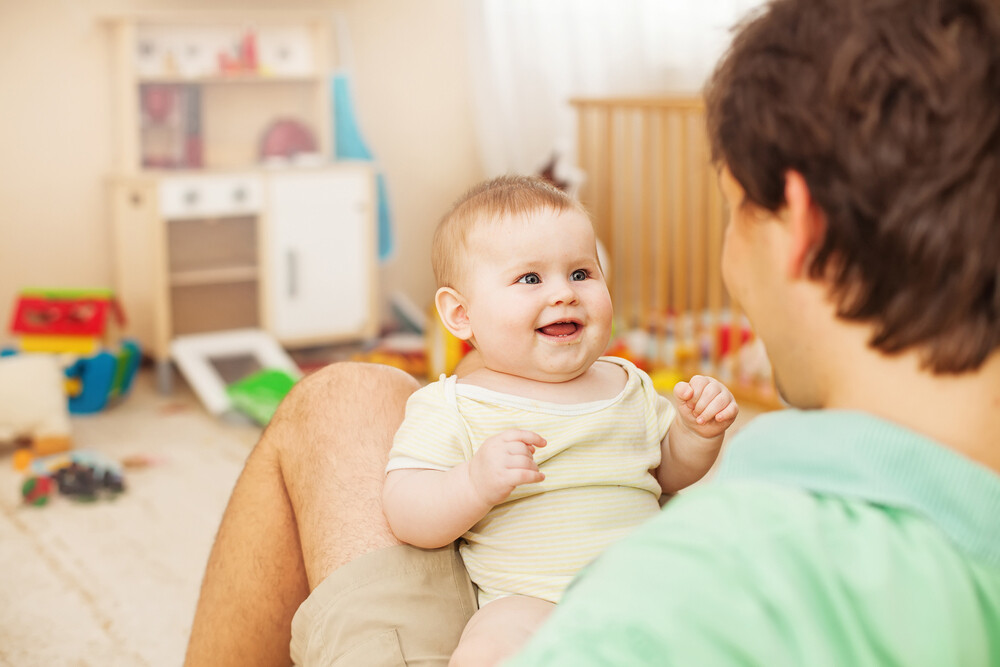Crying, kicking, turning your head: For new parents, baby cues can seem like a foreign language (Chinese?). Very difficult matter. How to decipher your baby’s body language.
Screaming, facial expressions, gestures – these three options are available to a child as long as it cannot speak. And already new mothers are faced with the question of all questions: What does my baby want to tell me with this?
Why is my baby doing this?
Is it crying because it’s hungry? Is he pulling a face because he’s sweating? Or is it twisting because it’s cold? The fact is: Watching and getting to know your baby carefully can help you understand this little creature.
But until it is ready and you can distinguish the different screaming sounds from each other – that can take up to a year! -you should follow a rule of thumb: Never let the baby cry! If you do, it will lead to a disturbed trust of the child.
Making smacking sucking noises
- Smacking sucking sounds indicate that the baby is hungry – especially if the baby’s body is tense at the same time.
Sucking on the hand
- Can be a form of self-soothing, e.g. when falling asleep.
- Coupled with a head tossing back and forth, sucking can also mean hunger.
Kicking
- The baby wants attention. Especially when the kicking is accompanied by waving arms and whooping.
- If, on the other hand, kicking is coupled with whining, the baby is probably tired or surrounded by too many impressions.
- If the baby pulls his legs up again and again while kicking, this indicates pain. This gesture is often accompanied by crying.
Pressing hand on / around the ear
- Without accompanying symptoms a sign of self-soothing. Many babies touch their ear when they are tired.
- Coupled with fever or crying, it can indicate earache or illness.
Bulge belly
- If the baby bulges his or her stomach during feeding, it indicates abdominal pain, e.g. heartburn.
- Coupled to an overextended head, the baby expresses frustration with the hollow back, e.g. is tense.
Turning his/her head away
- The baby feels overwhelmed with stimuli and needs a break.
- The baby is distracted by a stimulus he’s trying to locate.
Wide open eyes
- Coupled with an overstretched body and rapid breathing, it is a sign that the baby has been startled (e.g. by unexpected noises or movements).
Avoiding eye contact
- Coupled with frowning, it can express discomfort – the baby needs a break.
- If the baby always avoids eye contact, the pediatrician should be contacted.
Making rhythmic repetitions
- Rhythmic movements calm the baby, give him security.
- Does it seem like a tick: contact a pediatrician.
However, the clearest and most beautiful baby cue only appears when the baby is about six weeks old. Then it starts to smile. How beautiful!

